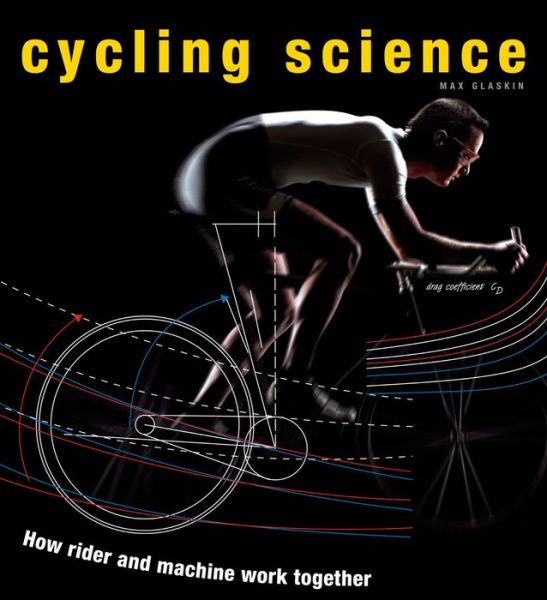Cycling Science: How Rider and Machine Work Together download
Par hamilton garrett le vendredi, juin 5 2015, 21:16 - Lien permanent
Cycling Science: How Rider and Machine Work Together. Max Glaskin
Cycling.Science.How.Rider.and.Machine.Work.Together.pdf
ISBN: 9780226924137 | 192 pages | 5 Mb

Cycling Science: How Rider and Machine Work Together Max Glaskin
Publisher: University of Chicago Press
Apr 15, 2014 - Winning an ITT means you were the fastest rider on the day, that you'd mastered your race day pacing and left nothing in the legs, crossing the line exhausted but triumphant. Through a series of two-page articles, Glaskin explores a specific aspect of the science which makes bicycles and their riders work. Thanks again for another interesting article on the science behind the results. To achieve this, wind tunnels are now used by both professional and amateur athletes to analyse the aerodynamic drag, then work out how to get the rider and machine working together optimally. Sep 5, 2013 - Review Cycling Science: How Rider and Machine Work Together. Resistance of the wheels against the ground. Apr 30, 2014 - With their income from 9% of the US bicycle market, they've paid three post-graduates at Nicholas School of Environment, Duke University, to dig the dirt on how much of our planet's resources are used and abused to make the machines we love. May 28, 2013 - finished Cycling Science: How Rider and Machine Work Together by Max Glaskin and gave it 4 stars. Feb 14, 2013 - The book is called Cycling Science: How Rider and Machine Work Together, by Max Glaskin. Source: Shared from Cycling Science: How Rider and Machine Work Together http://amzn.to/13WPHz5. 2 days ago - Awarded a 2011-2012 VMFA fellowship for his printmaking work, this Auburn University professor wraps up his exhibition at 1708 Gallery on Saturday. Cycling Science: How Rider and Machine Work Together. Apr 29, 2013 - Yesterday when we reported on the results of a study that showed a large percentage of drivers don't even see cyclists, we were criticized because the study wasn't rigorously scientific. He'll be on hand from 1 to 4 p.m. If every athlete has an equal chance of winning the challenge for engineers and scientists then is to focus on the technology the cyclist uses to obtain a competitive advantage. So how It's also worth doing strength endurance work (over-geared climbing) at 65-70RPM, at approximately 80% of your FTP (functional threshold power — the power output you can hold for an hour).
Is Everyone Hanging Out Without Me? (And Other Concerns) book
